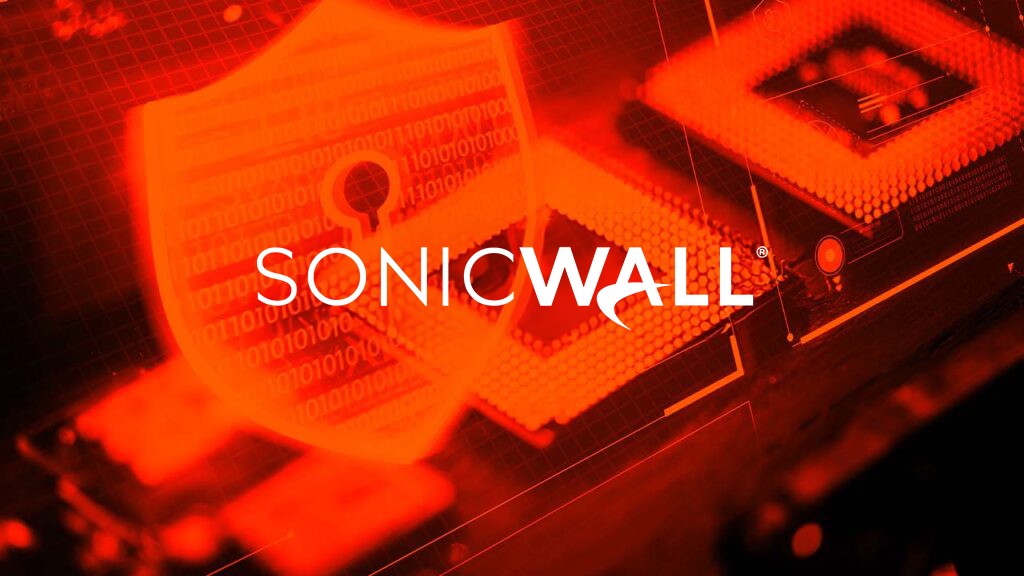You are not paranoid; cyber attackers are trying to breach your security and exploit your data.
The proof is in the numbers. According to the popular Mid-Year Update for the 2021 SonicWall Cyber Threat Report, ransomware attacks rose to 304.6 million in 2020, up 62% over 2019. Some of the increase occurred as more of the U.S. workforce started working remotely due to the pandemic. There were also 226.3 million ransomware attacks through May of 2021, up 116% year to date over last year.
Some people may disregard the recommendation and throw caution to the wind. If they’re fortunate, it’ll be an insignificant inconvenience, and their anti-virus software will stop the malware before it can cause serious damage. However, if they’re among the growing thousands of victims each year, hackers will force them to pay a ransom for their precious data or steal their identity or worse. And you wonder, what could be worse?
One hack of a single individual can usher a deluge of hacks and much larger problems. For instance, hackers can crack into your personal computer without you knowing it, add malware to one of your devices that unloads wherever you go, and circumvent firewalls and other security, directly into your home network, friend’s house, the library, and your workplace.
We all could be a little more mindful. A “cybersecure mindset” protects you, your devices, and your data and everywhere you connect your devices. So, when we say, “Be Cyber Smart and Lock It Down,” what we mean is taking personal responsibility for not only how you connect but also actions you take to maintain and enhance your security.
4 Ways to Be Cyber Smart
1. PROTECT yourself.
Start with passwords: lockdown your devices, software, and information with strong passwords that protect you from becoming an easy target.
There are some fundamental rules for good passwords. The first is the length – a minimum of 12 characters, with a mix of uppercase and lowercase letters. You should also have numbers and symbols (ex: @ # $). Check with your platform; they may have specific requirements like the length and number, and type of symbols. One very important rule: ensure that your password is unique. Avoid obvious hooks, like your address, recognizable names, dates, and phone numbers. Avoid any information that someone may learn by reading your social media profiles. The second is: USE YOUR PASSWORDS and turn on two-step verification wherever you can.
2. PROTECT your personal identification.
Personal privacy is a question of choice. For the sake of convenience, we’d like to have access to certain items (shopping and health apps, for instance).
However, being cyber smart entails that the privacy settings you choose for your devices and apps may expose you to hacking. Knowing how hackers attack devices and steal information from open apps is part of being “smart” about cybersecurity. According to security experts, you should tweak your privacy settings based on the tasks you need to complete. Change your privacy settings, for example, when the circumstances change, such as when traveling or using public networks (e.g., coffee shop Wi-Fi, more on that later).
3. PROTECT your data.
Your data (pictures, reports, accounting, proprietary documents) are perhaps your most vulnerable assets. We should also take extra precautions with our social security numbers, bank account information, and credit card numbers. And when we leave data in open apps (without a password) or send it in unencrypted emails, all of that is in danger. Please keep it safe and secure by LOCKING IT DOWN! Also, keep an eye out for phishing scams. Hackers will use all techniques at their disposal to get access to your devices and network. They may impersonate organizations you trust, as well as friends, family members, coworkers, and even your boss. Phishing messages can be sent via email or text messaging. Some of these communications appear to be genuine.
4. PROTECT your devices.
Public Wi-Fi hotspots are unsafe. Unfortunately, public hotspots in your favorite coffee shop, restaurants, shopping malls, libraries, and, notably, airports are all very vulnerable to attacks. Hackers can scan unencrypted data streams such as passwords and account information that you send and receive with minimal knowledge and equipment. Scammers went even further a few years ago, creating intricate counterfeit Wi-Fi networks with names and branding marks identical to what customers expect. There are, however, a few things you may do to exercise being cyber smart before going online:
- Be sure to turn off the Wi-Fi auto-connect feature on your devices. Turn it on only when you need it and be careful in selecting the networks you want to use.
- Utilize secure wireless networks that contain WPA or WPA2 password protection. Sadly, these are not usually found in places like the local coffee shop or the airport, so they may be challenging to locate.
- Consider installing mobile security software with malware and virus detection for your devices. You may also install a VPN (a virtual private network) that encrypts your data stream even if the Wi-Fi network does not.
SonicWall joined the Cybersecurity and Infrastructure Security Agency (CISA) to help raise awareness on how we can all do better to prevent hacks. That means embracing a ‘cybersecure mindset’ to protect our homes, communities, and our workplaces.





